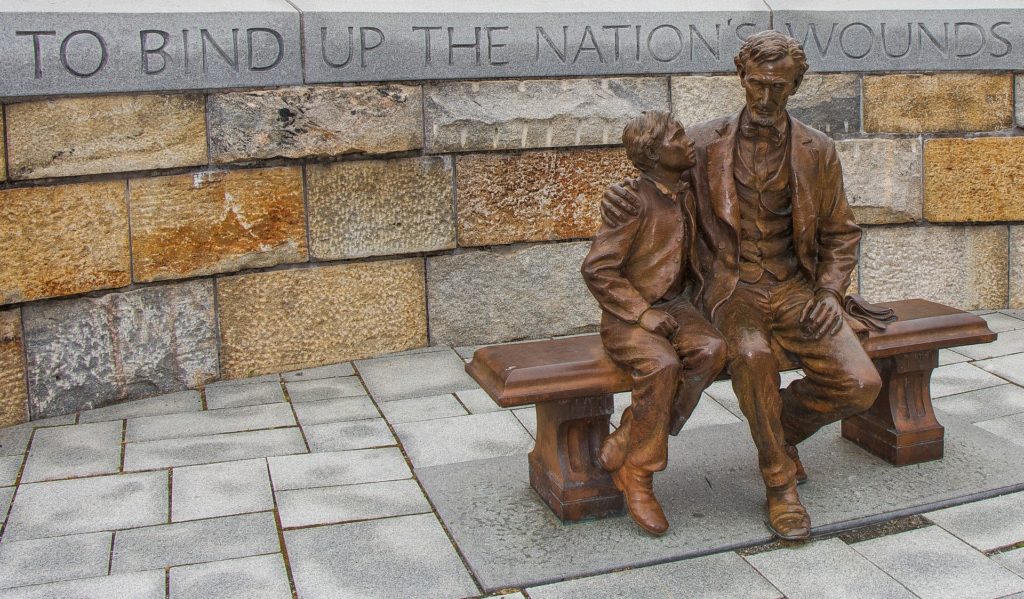
When it comes to teaching kids history, books about great historical figures or events can be great for kids who are avid readers. Since children all learn slightly differently, however, there are a number of other great ways to help kids learn about history other than reading books. Even kids that enjoy books may still enjoy some other ways of learning about history. Here are three awesome activities to help kids learn about history.
Meeting People
Sometimes the best teachers are those who actually lived through the event or are experts on a certain time period or geographical location. Whether it’s a veteran, an expert in military history, a paleontologist or professor of romance languages, those who lived through or have studied times in history the most thoroughly will almost always be the best teachers. Recent graduates, in particular, might be the most eager to pass on their newfound knowledge to younger students.
Travel/Field Trips
Visiting places where great historical events took place is always a great way to learn about history. You don’t have to travel far, either. Every state has had great historical events occur nearby and many offer tours or other educational resources, like a guide for an online masters degree in US history, to help kids learn about their own state. If you have the ability to travel farther, you can learn about great historical events in almost any state as well as around the world.
Rubbings
Rubbings involve placing a large sheet of paper over the engraved plates found on statues, gravestones and other historical markers and coloring over them with a crayon to create an imprint of the lettering. You can use regular crayons or flat pieces of colored wax that are specifically made for rubbings. There are also special papers sometimes sold by venues that help get a better transfer. Having kids do an activity that connects them with history will almost always help get them more excited about learning. You can also involve them in planning trips to historical sites to do more rubbings.
While some kids will always love to read about history, all kids can benefit from getting active and involved in interacting with history in some way. From conversations with those well versed in the subject matter to visiting historical places and monuments to interacting with those monuments, there are a number of great ways to get kids involved in history in a much more hands-on kind of way. Remember that the more senses kids use to learn, the more likely they are to retain the information. Interacting with people and places will help history lessons become real to them in a way that books alone may not ever be able to do.



